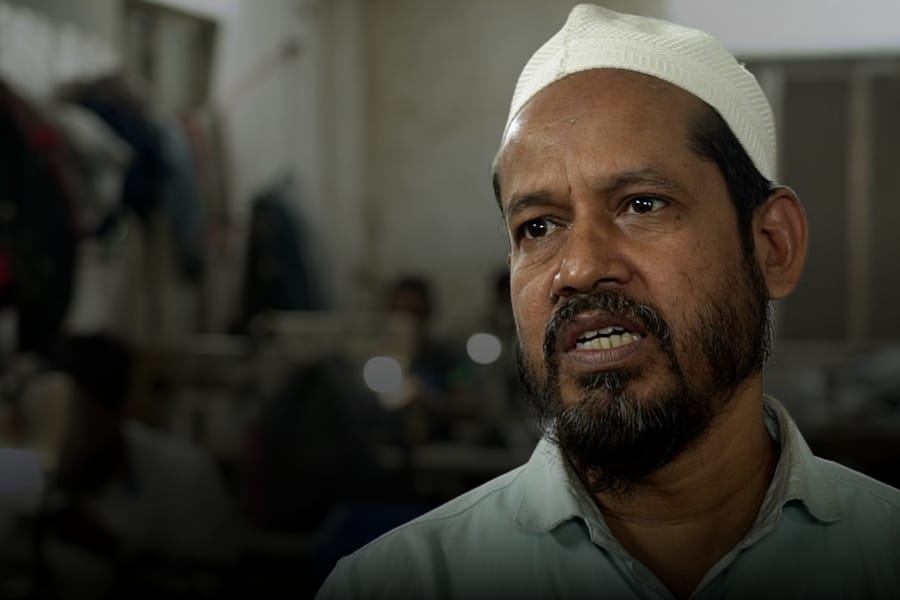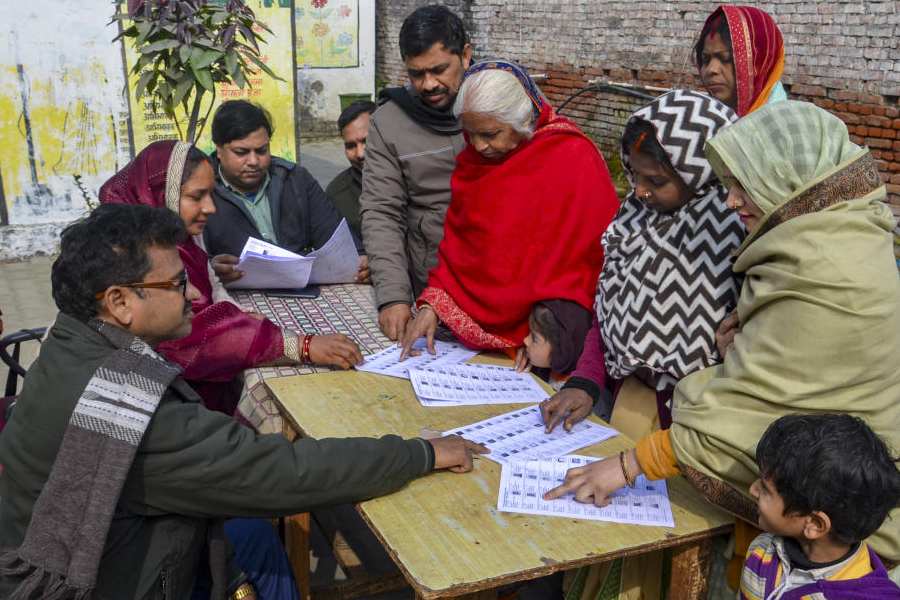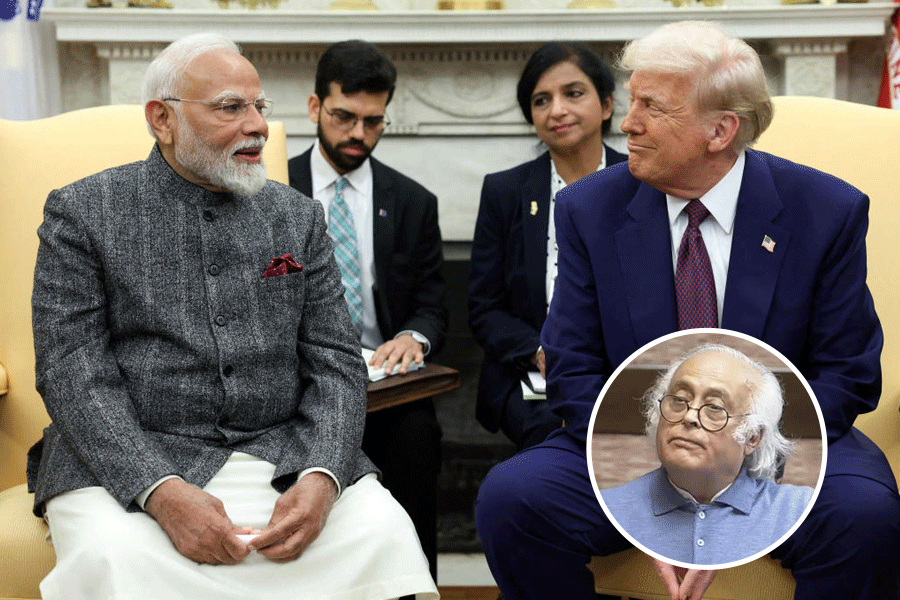The chequered history of the city from Emperor Asoka to contemporary times would come alive in colourful lights and sound at Patna Museum soon.
The show — tentatively called “History of Patna” — would be written and designed on the lines of the famous light and sound programme at Red Fort in Delhi. Patna Museum authorities have already written to their counterparts at the fort in Delhi, seeking assistance.
On Sunday, JPN Singh, the additional director of the museum, told The Telegraph: “We want the museum to be not only a place to enrich one’s knowledge of history and archaeology but also a site of entertainment. So, we have come up with a plan to organise a light and sound show at Patna Museum. It would be set up like the programme at Red Fort in Delhi. We have recently written a letter to the Delhi fort custodians seeking assistance.”
Archaeological Survey of India is at present responsible for the maintenance of the fort constructed by Mughal emperor Shah Jahan between 1638 and 1648. The famed light and sound show at the historic site began in 1996. It recreates the history of the fort, built for the defence of Shah Jahan’s capital Shahjahanabad and the residence of the Mughal dynasty.
The programme also narrates the history of Delhi from the time of the Pandavas of Mahabharata who, according to legend, established their capital at Indraprastha. It portrays the adventures of the last Rajput ruler of Delhi, Prithviraj Chauhan; expeditions of Afghan chieftain from Bihar Sher Shah Suri who defeated Humayun and chased him out of India; the disastrous romantic liaisons of Razia Sultana, purportedly the first woman empress in the Islamic world; and the Independence of India.
Asked about the show at Patna Museum, Singh said: “The theme of the show would be the history of the city — from erstwhile Patliputra to the present day Patna. People have lived at this site for three millennia.”
The first written account of Patna — then known as Patliputra, the capital of Mauryan Empire — can be found in the writings of Megasthenes, a Greek ambassador to India. Rulers, invaders, visitors and residents have recorded the city’s history in great detail through the ages (see chart).
Singh said: “The script for the show would be written by archaeologists and historians.”
History lessons through light design would not be the only source of entertainment at the museum. The authorities are also planning to install an audio tour system at the facility on the lines of National Museum, New Delhi, and Chhatrapati Shivaji Maharaj Vastu Sangrahalaya, Mumbai.
Visitors would be given a wireless device at the entrance to the museum. When they would approach an artefact, they would be provided information about it through the gizmo,” Singh said.
“Australian company Narrowcasters has evinced interest in the project and has recently submitted its quotation,” said the additional director of the museum.
The estimated cost of the project would be around Rs 8 lakh.
Glimpses of history
Myth of origin
According to legend, mythological king Putraka created Patna for his queen Patali. When Patali gave birth to a son, the city was renamed Pataliputra, as putra means “son” in Sanskrit
First record
Megasthenes, Greek ambassador to India, was the first to write about the ancient city. Chinese pilgrim Fa Hien also visited Pataliputra in search of ancient Buddhist texts
Age of empire
King Asoka ruled nearly all of modern-day India, Pakistan, Afghanistan and Sri Lanka from Pataliputra
Change in name
Mughal emperor Aurangazeb changed the name of the city to Azimabad in 1704 on the request of his favourite grandson Mohammed Azim
Modern times
Some of the most prominent leaders of modern India, like Rajendra Prasad and Jaiprakash Narayan, have worked in Patna











